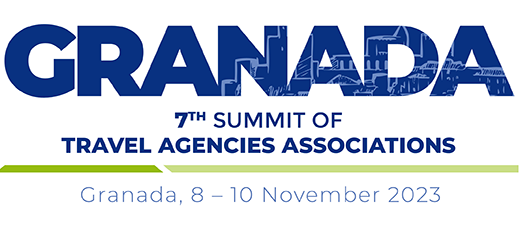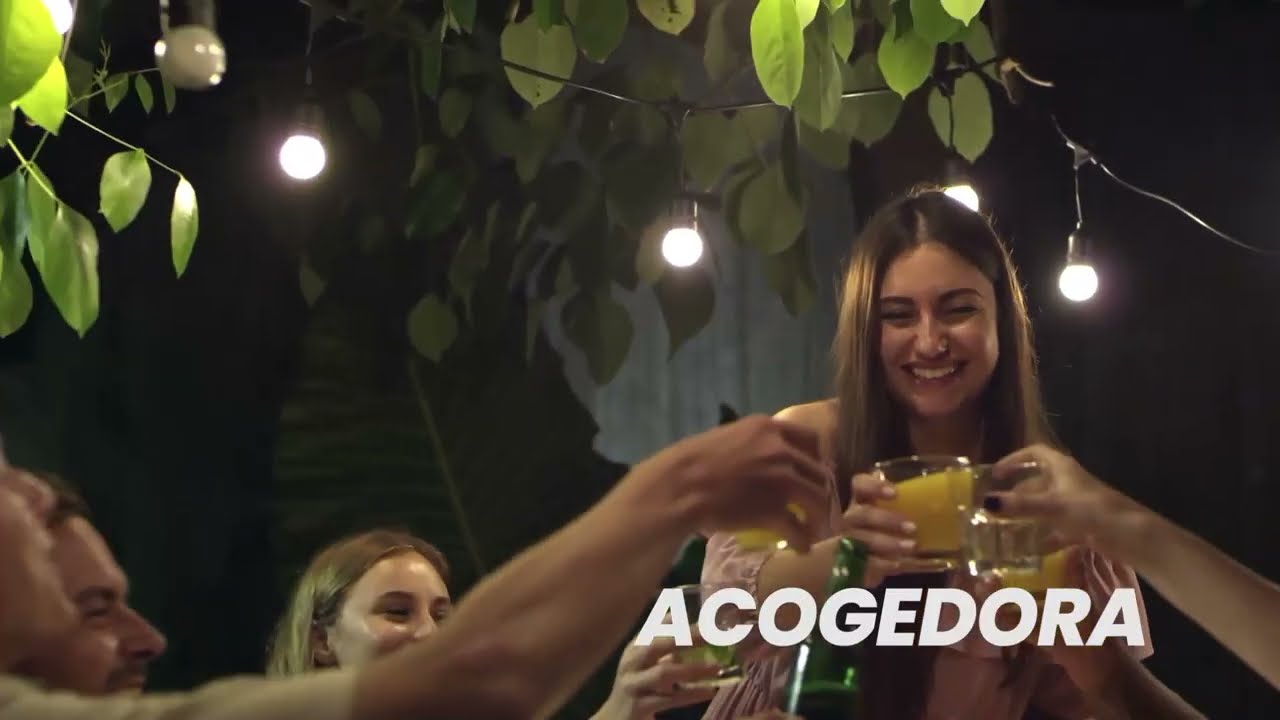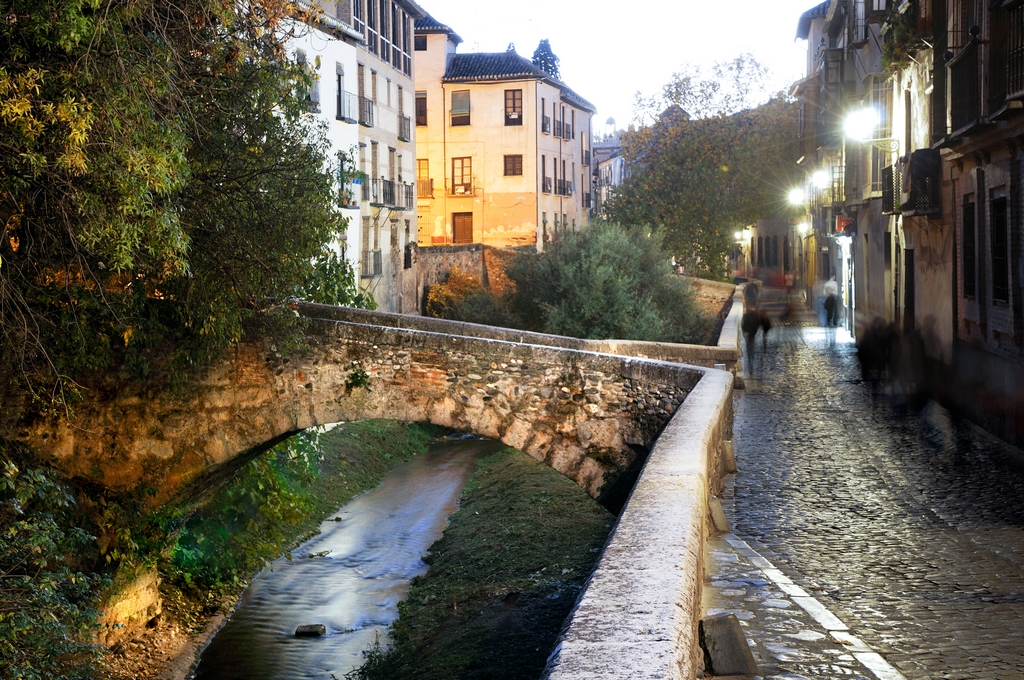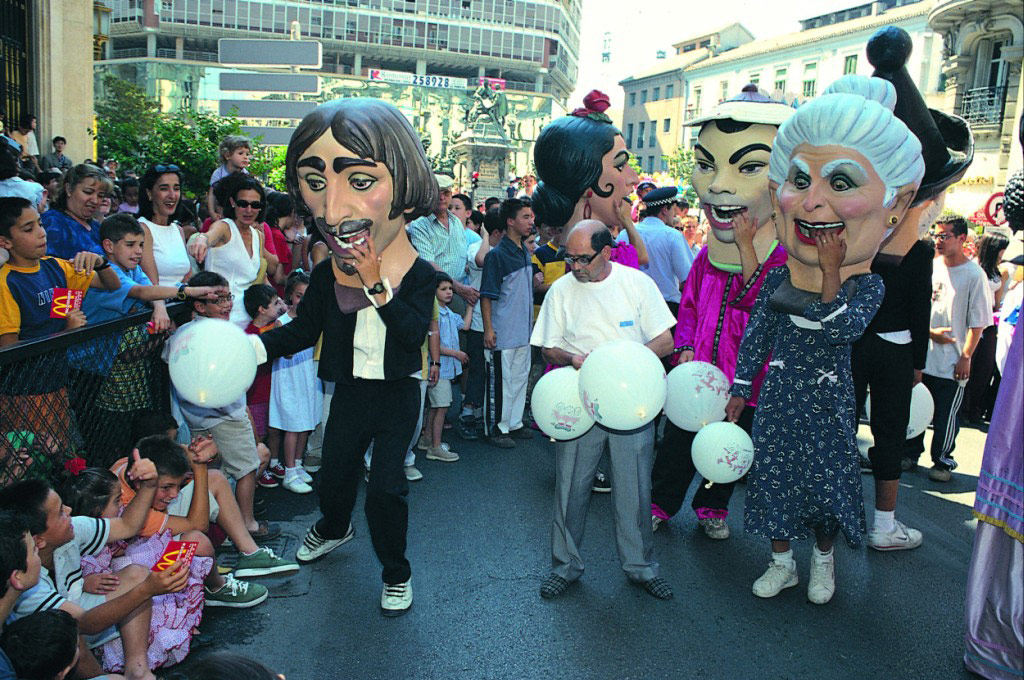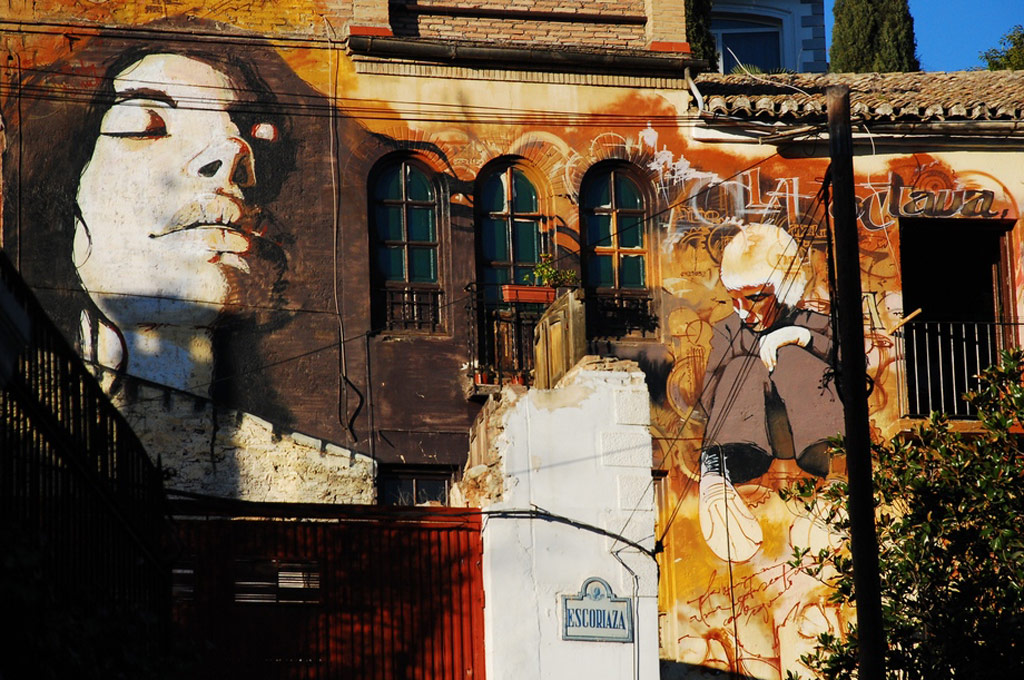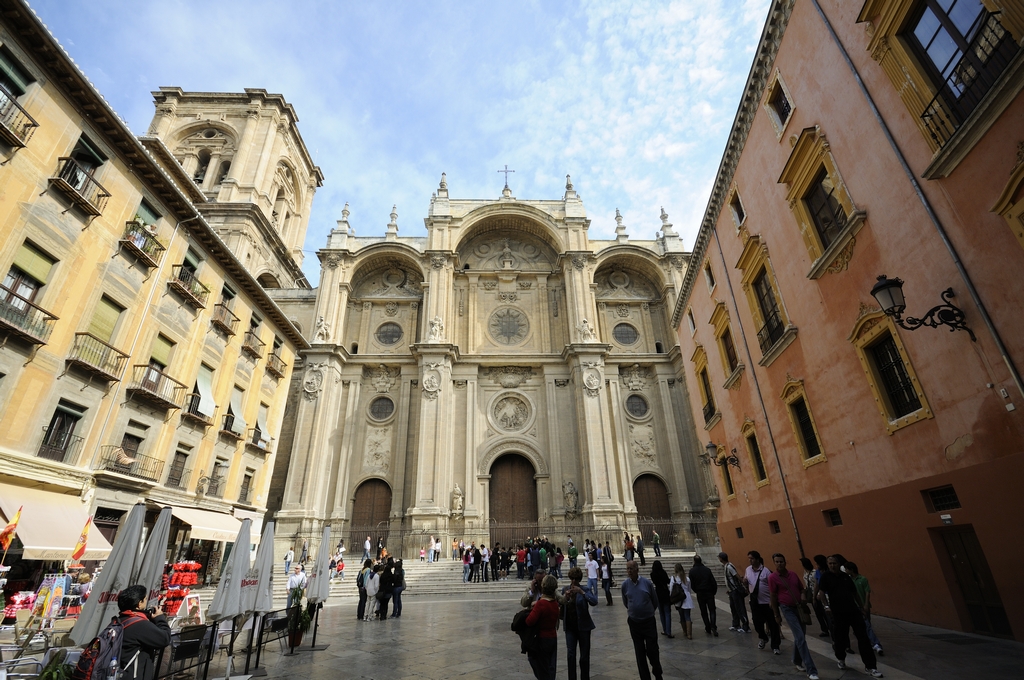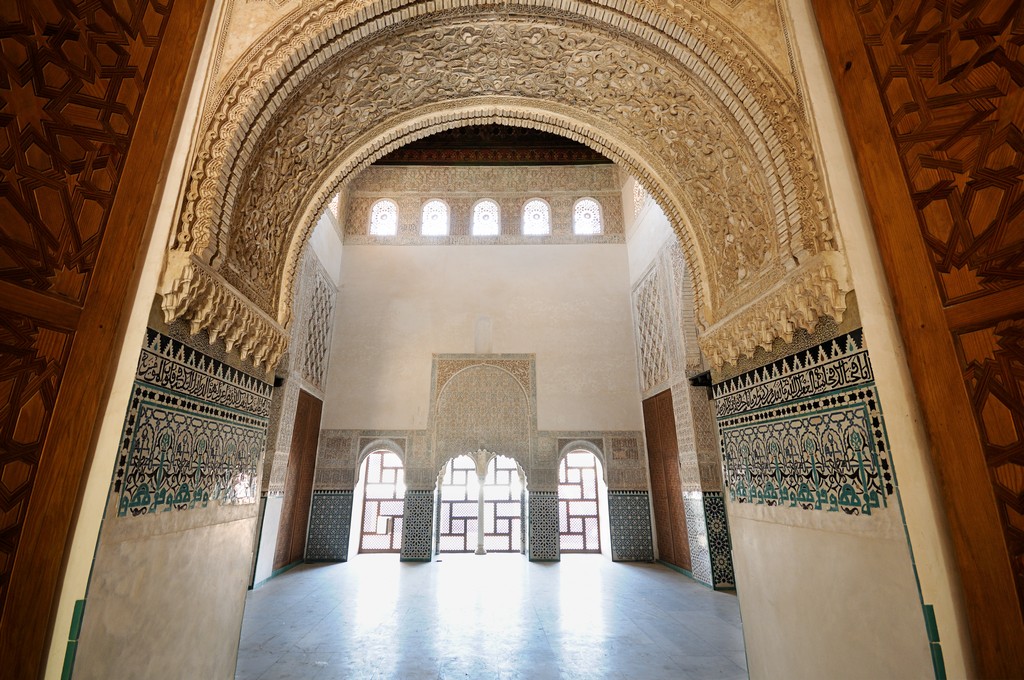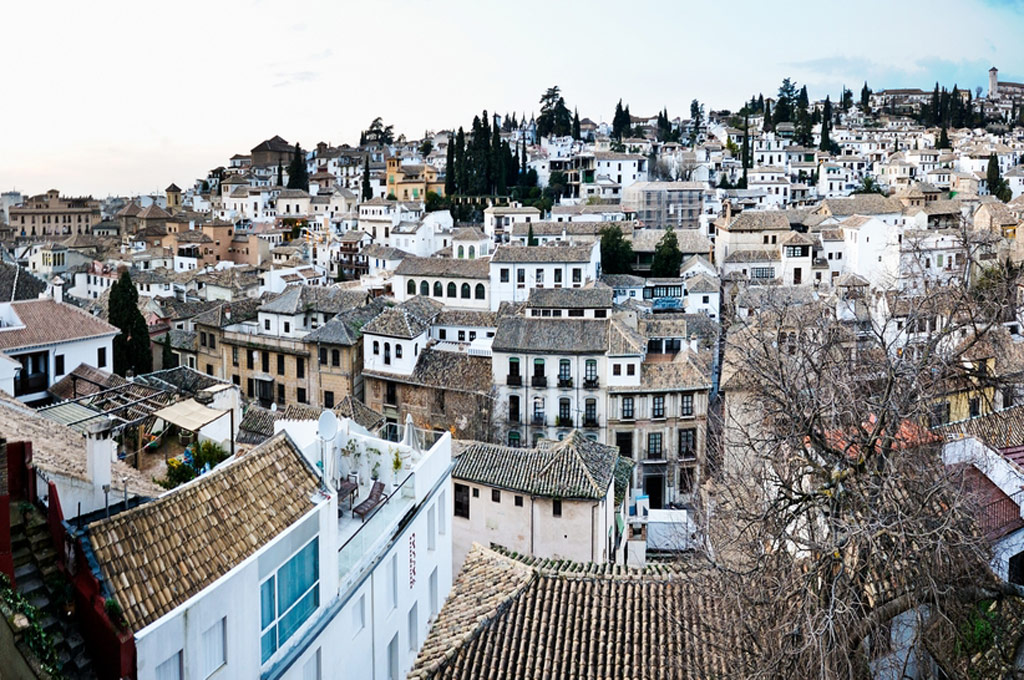GRANADA
WELCOME TO GRANADA
TOURISTIC INFORMATION
A crossroads of civilisation since time immemorial and all in one prime location, Granada is a vibrant, friendly and lively metropolis that is full of culture. The Alhambra, the flagship of its vast historical heritage, watches over the city from its hill, a city that attracts around three million visitors every year.
It comes as no surprise that UNESCO declared Albaicín a World Heritage site in 1994, as its backstreets and typical houses have an unmatched beauty and charm and have conserved their popular, intimate and welcoming character for over a thousand years.
The best way to get to know it is to start your visit at the Casa de Zafra Interpretation Centre and then wander the neighbourhood, losing yourself in its streets. In Albaicín (also written Albayzin or Albaycín) you will breathe in the essence of a neighbourhood that evokes both Moorish architecture and that of other ancient Mediterranean cities. Much of its charm lies in many of the carmenes (typical houses with a vegetable patch and garden) that populate the neighbourhood and the hills leading to its impressive lookouts, in particular at San Nicolás viewpoint.
FESTIVALS AND TRADITIONS IN GRANADA
Throughout the year, Granada offers travellers the best the city has to offer. Holy Week in Granada, declared of International Tourist Interest, the May Crosses and the Corpus Christi Fair are just some of the most important dates on the calendar.
GRANADA'S CORPUS CHRISTI FAIR
The Corpus Christi Fair is the largest festival in the city. Every year it kicks off on a Saturday at midnight when thousands of lights are tumed on at the main entrance to the fairgrounds in what is known as the -alumbrao; and ends the following Saturday with a firework display. There are two particular processions that take place in the main city streets during the week-long event:
- Mid-moming on the Wednesday of each year, the Tarasca, a figure dressed in the costume that will be in fashion the coming season, is paraded throughout the city, mounted on a fierce dragon which appears to cower at her feet. The best-kept secret in Granada is the costume the Tarasca will wear that day, only revealed when she makes her appearance. It could be said that the Tarasca is the pagan counterpoint to the religious festival.
- Granada's major festival tums around the Thursday, when the Corpus Christi leaves the Cathedral.
The streets are jam-packed with thousands of citizens who come to see the procession of the Blessed Sacrament.
A small procession known as the Octave of the Corpus marches in the vicinity of the Cathedral on the Sunday alter the Corpus Christi fair.
Enjoy the Fair! Learn to dance -La Reja" courtesy of the Provincial Association of Choirs and Dances of Granada.
GRANADA'S DAY OF THE CROSS
May ushers in a riot of colour and life in the city of Granada. You?l find all the information you need about the May festival on our website: where the main Crosses are, the history of this ancient custom, etc.
HOLY WEEK
Holy Week in Granada captivates the senses with its brotherhoods of silence and hooded neighbourhood con fratemities, an authentic display of Andalusian sentiment in the evocative city of Granada.
Processions of stunningly beautiful images march through the streets of Zaidín, Albaicin, Realejo and the historic city centre for the sole purpose of conveying the message of Jesus the Crucified, Dead and Resurrected to the spectators along the way. The message is conveyed with floats representing the Mysteries, such as the Three Falls, the Last Supper, the Garden of Gethsemane, the Holy Christ of Forgiveness, the Sentence, Toiling Christ in Zaidín, the Sacred Lance and Stripped Christ, and the floats of Jesus such as the city's Holy Protector and the Christs of Silence, Favours, Expiration, Rescue and the Risen Christ.All framed in a unique setting, with the striking colours of the cortéges blending with light from the snow on the Sierra Nevada, the green plains of Granada and the blue Easter sky.
GASTRONOMY
With an extremely rich food scene, Granada features different contributions from settlers including the Moors and the Jews. Examples include the dish habas con jamón, i.e., broad beans with ham from Trevélez, with its mild and delicate flavour.
Olla de San Antón is a traditional stew from the city and surrounding province, although the most representative dishes of Granada are habas con saladillas (broad beans with salted flat bread), an aperitif on San Cecilio Day and the Day of the Cross, the famous Sacromonte omelette and remojón granadino, made from cod and oranges. Another interesting suggestion is the dish called papas a lo pobre (poor man's potatoes) or migas, served with a fried egg, and different sausages from the Alpujarra region of Granada.
In the fíeld of con fectionery, there is cuajada de carnaval (custard cake), soplillos (meringues) from Alpujarra and torta real (almond cake) from Motril. An extensive variety of convent-made sweets such as huevos moles (meringue custard) from San Antón, bizcochada (almond cake) from Zafra and pestiños de la Encarnación (honey-coated fritters) and hojaldre (puff pastry) from San Jerónimo are proof that, when it comes to such matters, the flesh can be very weak indeed. The emblematic fruit of Granada is, of course, the pomegranate, called a granada in Spanish and the tree of which can be found in almost every carmen and garden. Other fruit such as persimmons, Acerola cherries, quinces, prickly pears, hackberries and rowanberries fill the street markets during the city's patron saint festivities. Tropical fruit from the coast have been added to there traditional ones, including avocadoes, custard apples, kiwis, etc.
TAPAS ROUTE
Granada is tapas heaven. In Granada you are generally o ffered a free tapa with each drink, so get ready to delight your taste buds.
The best tapas routes in Granada:
-
Realejo - Campo del Príncipe
Realejo, the old Jewish quarter of Granada. From Plaza Isabel la Católica, head towards Calle Pavaneras and continue straight ahead until you come to Plaza de Campo del Príncipe. There you will also find the statue with very popular roots known as the Christ of the Favours. You'll also be able to see the Convent of the Barefoot Carmelites, the Casa de los Tiros Museum, the Rodriguez -Acosta Foundation and many other interesting places.
-
Plaza del Campillo, Plaza Mariana Pineda and Calle San Matías
Stroll around Plaza Mariana Pineda, where you'll be greeted by the statue of the city's Republican heroine. Then explore the streets around Calle San Matías and discover other very popular tapas areas in town. Nearby, you'll come to the last stretch of the route: Plaza del Campillo.
-
San Antón - Alhamar
A route that begins in the modern facilities of the Conference Centre and Paseo del Salón and continues along the banks of the romantic Genil River. You'll find Calle Alhamar in the direction of Calle San Antón.
-
City Council - Navas
Discover the former Carmelite Convent, currently City Hall, standing in Plaza del Carmen, in the heart of the city. Continue your tour in Calle Navas and breathe in the authentic essence of going out for tapas in Granada. Your tour of the historic centre starts in this narrow, bustling street.
-
Plaza Gran Capitán
Adjacent to the historic centre and one of the most popular places for a night out in Granada, Plaza Gran Capitán is also becoming known for its tapas. You'll find all sorts of places here, from cutting-edge to authentically local.
-
Science Park - Jardín de la Reina Cruz de Lagos
This is a quiet area of Granada on the banks of the Genil River. If you're planning to go to the Science Park Museum, it provides a good opportunity to get your strength back after the visit.
-
Plaza de Gracia - Pedro Antonio de Alarcón
Calle Pedro Antonio and Plaza de Gracia, in the city's shopping district and next to the historic centre, are the most popular streets for tapas and partying in Granada. You'll discover innumerable establishments where you can enjoy typical tapas in a youthful, laidback setting.
-
Bullring area
Setting out from City Hall, walk up Calle Reyes Católicos and tum in the direction of Gran Vía. Follow it and go past the Triunfo Gardens. Continue in the direction of the Bullring, where you'll come to the real gastronomic heart of town, with many bars and restaurants.
-
Bib-Rambla - Cathedral
Discover the monumental centre while enjoying fine cuisine. Plaza Bib-Rambla is awash with sidewalk restaurants and colourful flower kiosks. Drop into nearby Plaza de la Pescadería or Plaza de la Romanilla, take a walk around the Cathedral and Plaza de Alonso Cano to the former silk market known as the Alcaicería.
-
Albaicín - Calle Elvira - Paseo de los Tristes
Enjoy a tapas crawl in Granada's most traditional neighbourhood, a UNESCO World Heritage site
Start your route in Plaza Nueva and continue along Paseo de los Tristes. Go deeper into the wonderful neighbourhood of Albaicín. Here you'll find the famous Mirador de San Nicolás lookout. On your way back to the city centre, you can wander through the Sacromonte neighbourhood or go straight down to Calle Elvira, next to Calle Calderería.
-
La Chana
Las Torres, in the neighbourhood of La Chana, is another important area for the gastronomic art of making tapas. With establishments renowned for their tapas and easy to get to, the neighbourhood provides a different take on historical Granada.
-
Zaidín - Vergeles - Palacio de Deportes
The Zaidín neighbourhood stands out as one of the key places for tapas in Granada. You'll find many places with pavement terraces here. It is next to the Palacio de Deportes sports arena and very close to the Serrallo shopping centre, offering a different plan for your holidays.
-
Ribera del Genil - Conference Centre - Paseo del Salón
This large area takes in several parts of the city. You'll find a huge variety of tapas in the vicinity of the historic centre and along the banks of the Genil River. If you're in town for a congress, the areas around the Conference Centre have a good range of tapas bars and restaurants.
SHOPPING IN GRANADA
Granada is a first-rate commercial city. You will find everything from high-end boutiques in calles Ángel Ganivet and Reyes Católicos and all the best-known labels in downtown streets such as Mesones, Alhóndiga, Puentezuelas, Recogidas, Zacatín and San Antón.
Granada also boasts an extensive and varied crafts market. Why not take honre an antique ora handmade lace mantilla as a memento of the city?
In Granada you can buy antiques, local pottery, embroidery, lace mantillas and embroidered shawls, Fajalauza pottery, Granada lamps, guitars, craft markets, street markets, flamenco fashion, gold and silver items, leatherwear, perfumes, marquetry, woven rugs, Al Yarrar pottery and Alfajor pottery.
GETTING AROUND IN GRANADA
The easiest way to get around Granada is on foot, as the city has a very special urban layout due to its geography and historical heritage.
-
Private car
The centre of Granada is restricted to road traffic www.granadatur.com (plan your trip).
-
Tele-Radio-Taxi Granada
12 lines. 24 hours. 958 280 000
-
Taxi Genil
24 hours. 958 13 23 23
-
City bus
An extensive bus system takes you anywhere in the city conveniently and easily, including minibuses up to the Alhambra and Generalife.
Customer service: 958 220 450
-
Tren Turístico Granada City Tour
A new way of exploring Granada. granada.city-tourcom
Tel: 958 224 527
TOURIST INFORMATION POINTS
-
MUNICIPAL TOURIST INFORMATION OFFICE
Dirección: Plaza del Carmen, s/n. Granada
Tel: 958 248 280
Web: www.granadatur.com
-
PROVINCIAL COUNCIL TOURIST OFFICE
Dirección: Cárcel Baja, 3. Granada
Tel: 958 247 128
Web: www.turgranada.es
-
GOVERNMENT OF ANDALUCÍA INFORMATION OFFICE
Dirección: Santa Ana, 2. Granada
Tel: 958 575 202
Web: www.andalucia.org
GRANADA
ORGANIZERS









OFFICIAL CARRIERS


COLLABORATING MEDIA






MEDIA PARTNERS






